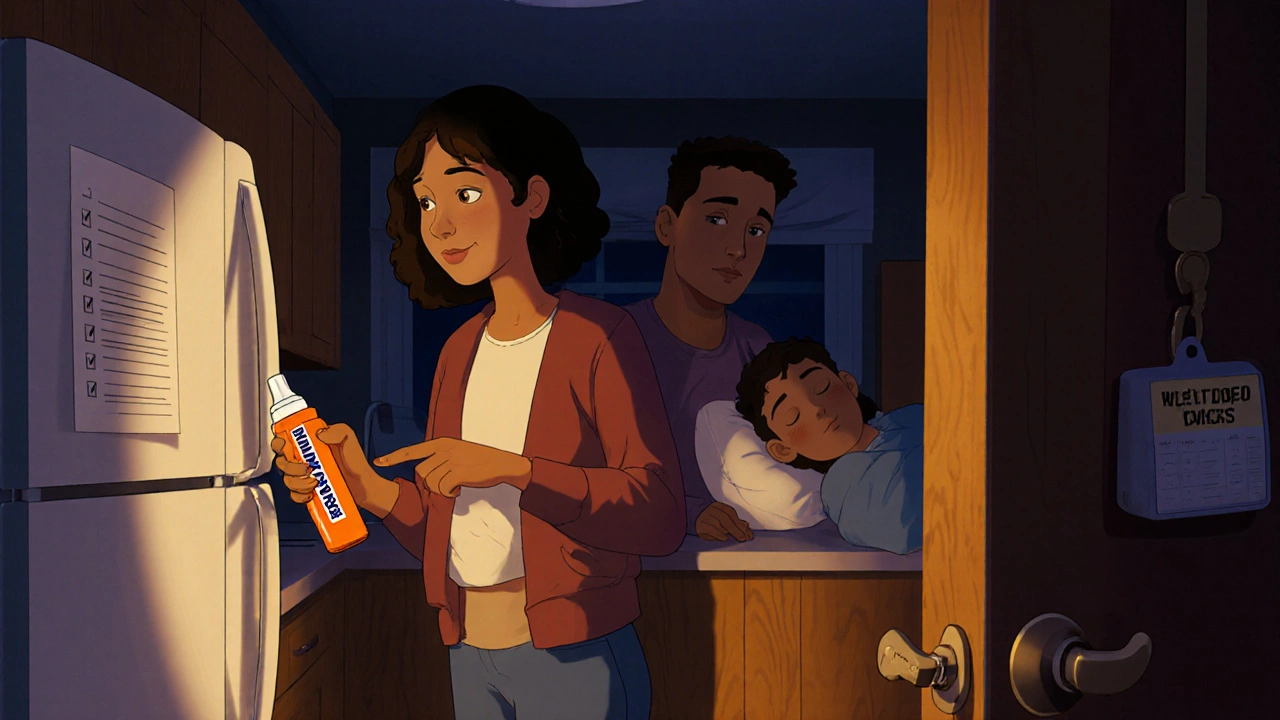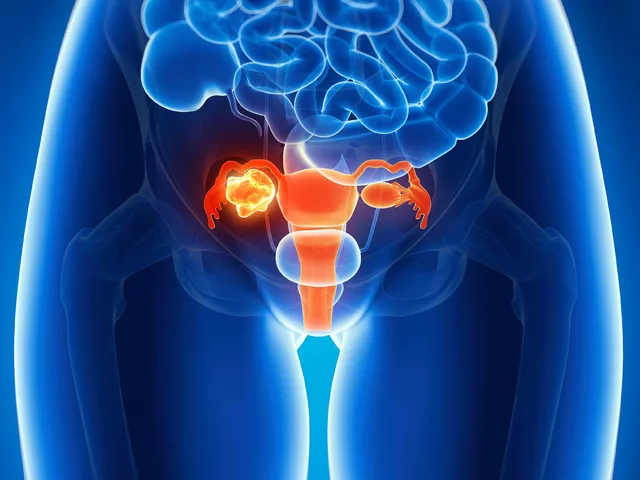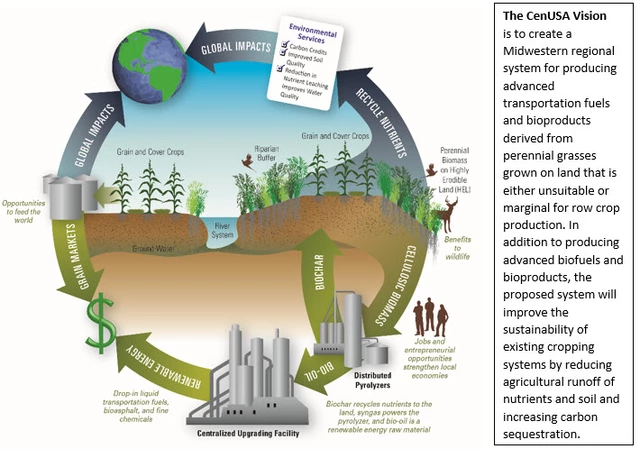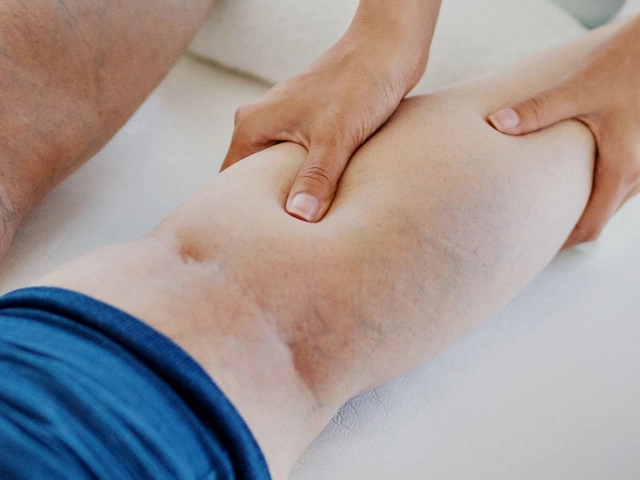Naloxone Kit: What It Is, How It Works, and Why You Need One
When someone overdoses on opioids, time isn’t just important—it’s everything. A naloxone kit, a portable emergency treatment designed to reverse opioid overdoses by blocking opioid receptors in the brain. Also known as Narcan, it’s not a cure, but it’s the closest thing to a reset button for someone whose breathing has slowed or stopped. This isn’t science fiction. It’s medicine that’s saved tens of thousands of lives since it became widely available.
Most naloxone kits come as a nasal spray or an auto-injector. They’re simple to use—even someone with no medical training can administer them. You don’t need a prescription in most places, and many pharmacies hand them out for free or at low cost. But here’s the thing: knowing what it is isn’t enough. You need to know when to use it. Opioid overdoses don’t always look like movies. The person might be unresponsive, breathing shallowly, or have blue lips. They might be asleep, but won’t wake up no matter how much you shake them. That’s when you act.
A naloxone kit doesn’t work on alcohol, benzodiazepines, or cocaine overdoses. It only reverses opioids—heroin, fentanyl, oxycodone, methadone, even prescription pain pills if taken in excess. That’s why it’s critical to understand what the person took. Fentanyl is especially dangerous because it’s so potent; sometimes one dose of naloxone isn’t enough. You might need to give a second spray or injection after 2–3 minutes if the person doesn’t wake up.
And here’s something people don’t talk about enough: naloxone doesn’t make someone feel better. It wakes them up—then they go through withdrawal. That’s painful. They might scream, fight, or run away. That doesn’t mean it failed. It means it worked. The goal isn’t comfort—it’s survival. After giving naloxone, you still need to call 911. The effects of naloxone wear off faster than some opioids, especially fentanyl. The person could slip back into overdose after the first dose wears off.
Who should carry one? Anyone who uses opioids, whether prescribed or not. Family members, friends, coworkers—anyone who spends time with someone at risk. People on long-term pain meds, those in recovery, or even people who just hang out in areas where drug use is common. You don’t need to judge to save a life. You just need to act.
There’s no magic trick to preventing overdoses. But having a naloxone kit nearby is the single most effective step you can take outside of avoiding opioids altogether. It’s cheap, easy, and life-saving. And in a world where overdoses are rising, not having one is a risk you can’t afford to take.
Below, you’ll find real stories, practical guides, and clear advice on how to get, use, and keep a naloxone kit ready—because when it matters, you won’t have time to look things up.

Naloxone Readiness Plan: How to Keep Patients Safe on Opioids
A naloxone readiness plan saves lives. Learn how to keep patients on opioids safe with easy steps to access, use, and store naloxone - the only medication that can reverse an opioid overdose in minutes.
Categories
- Medications (44)
- Health and Medicine (41)
- Health and Wellness (34)
- Online Pharmacy Guides (15)
- Nutrition and Supplements (7)
- Parenting and Family (3)
- Environment and Conservation (2)
- healthcare (2)
- prescription savings (1)



